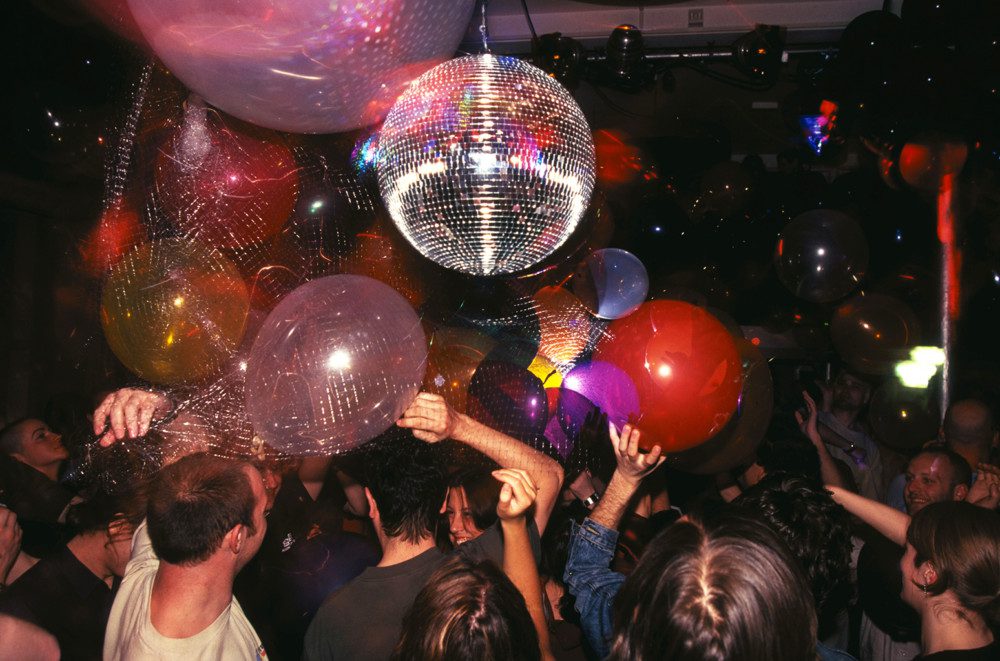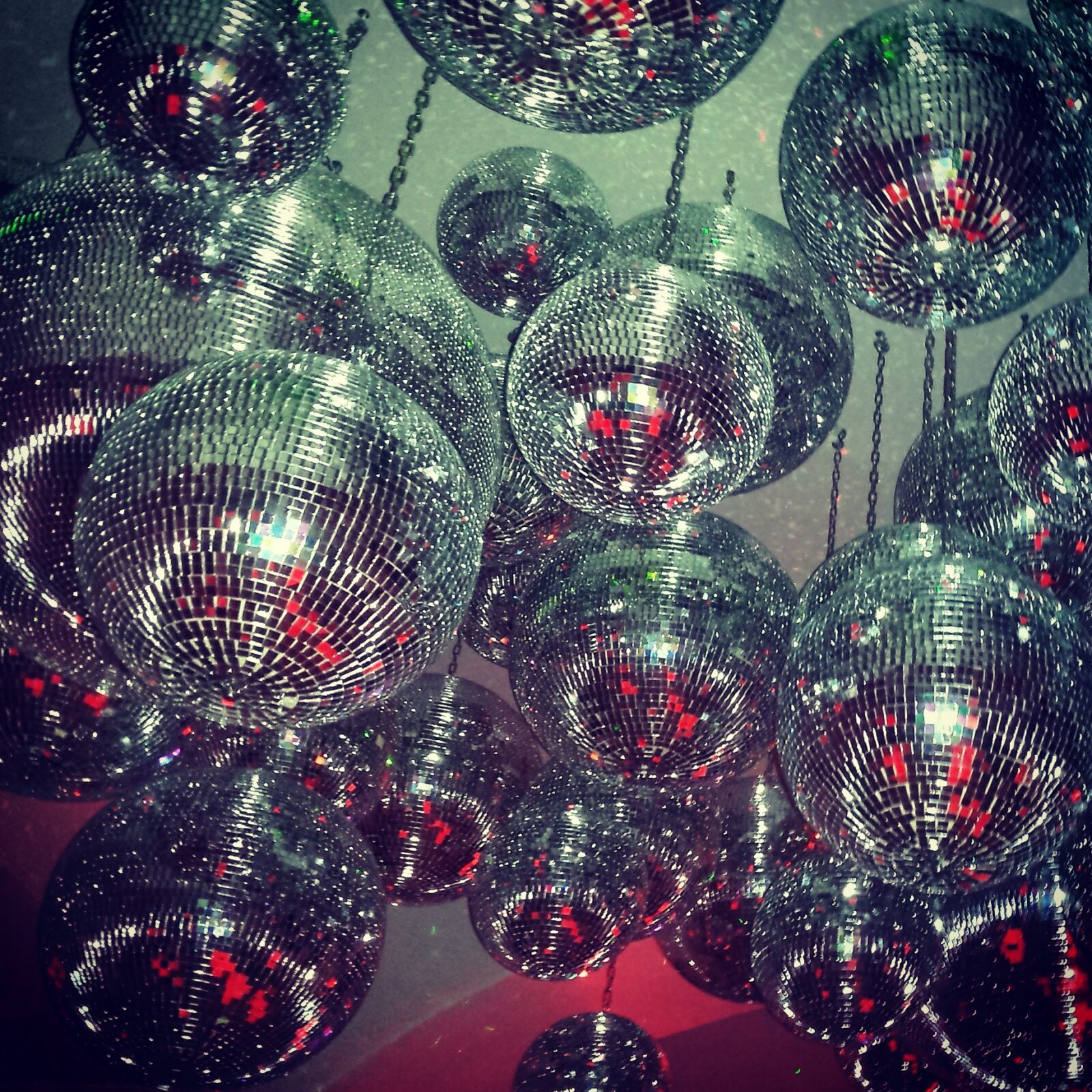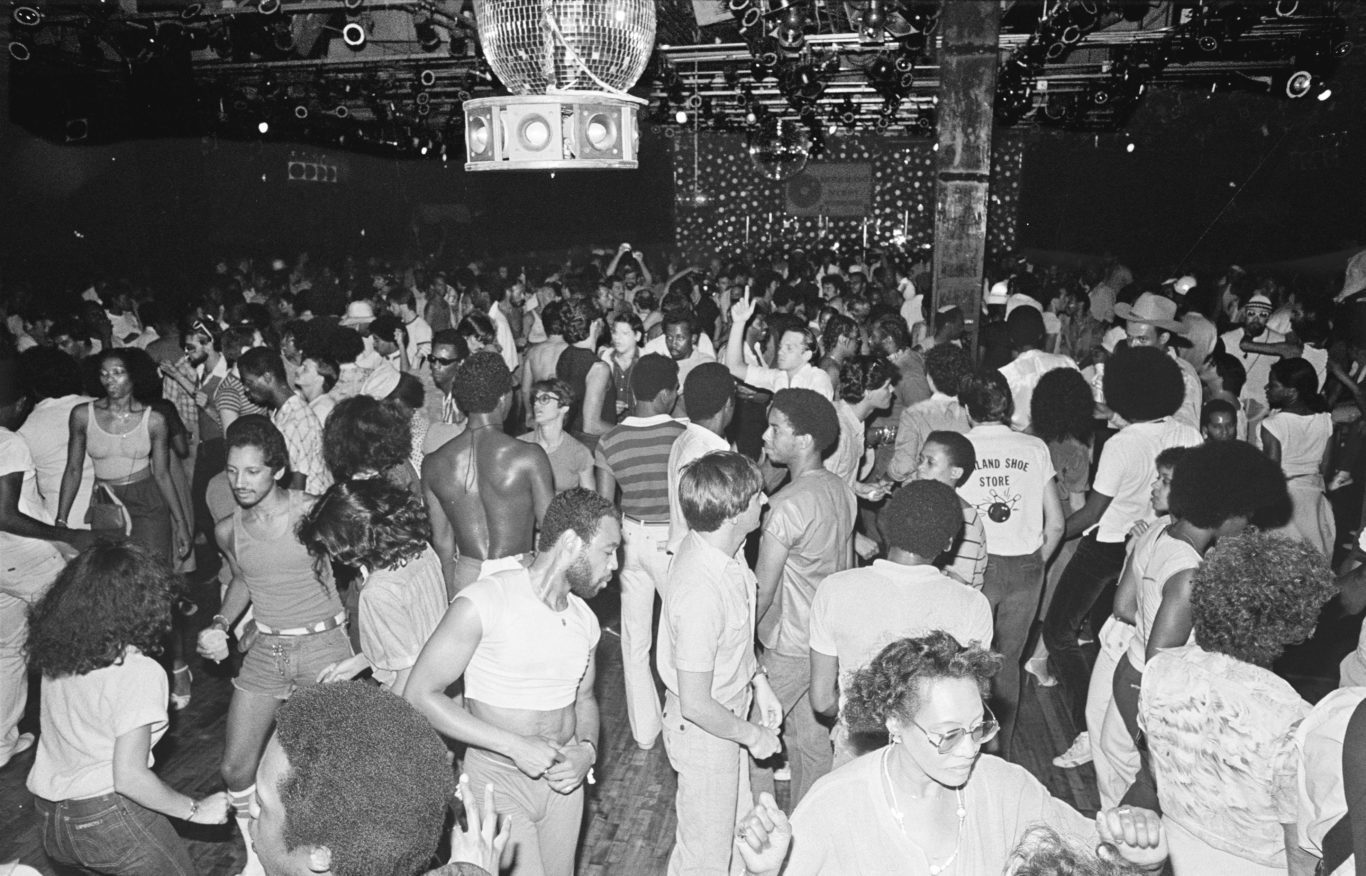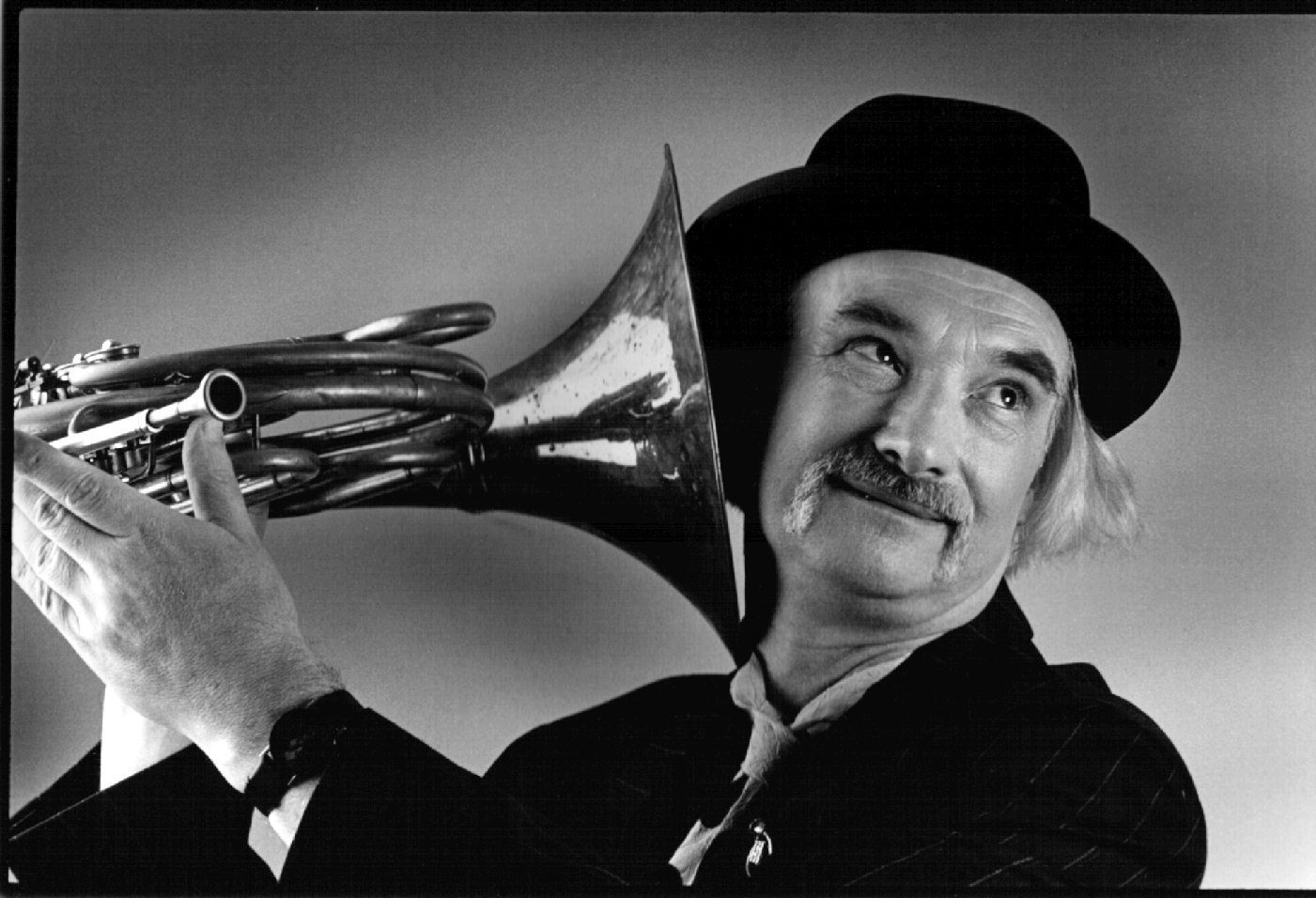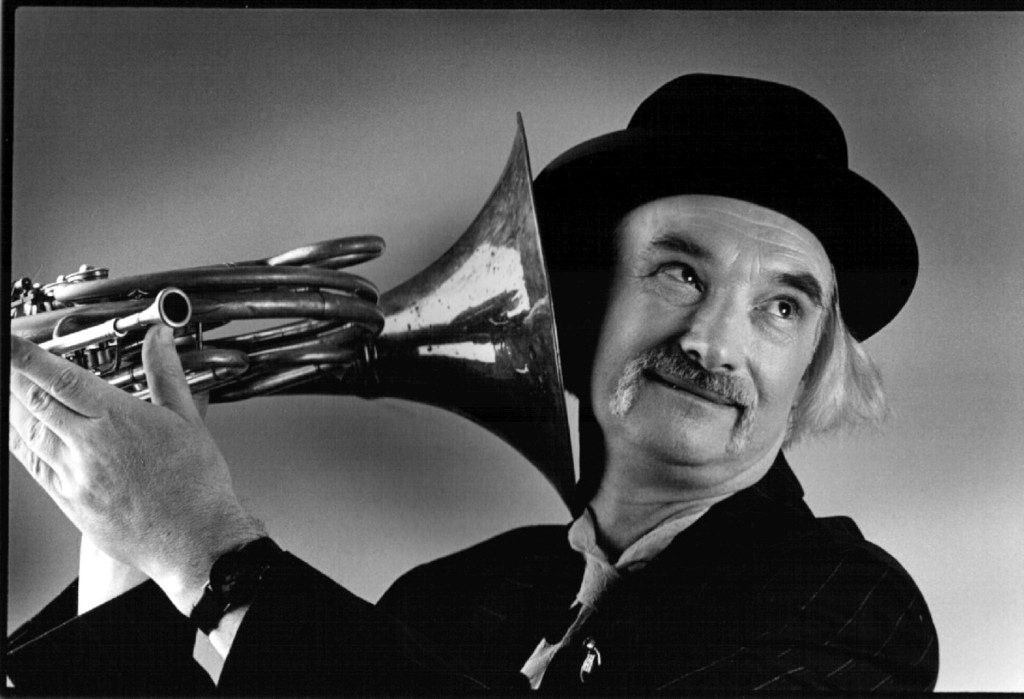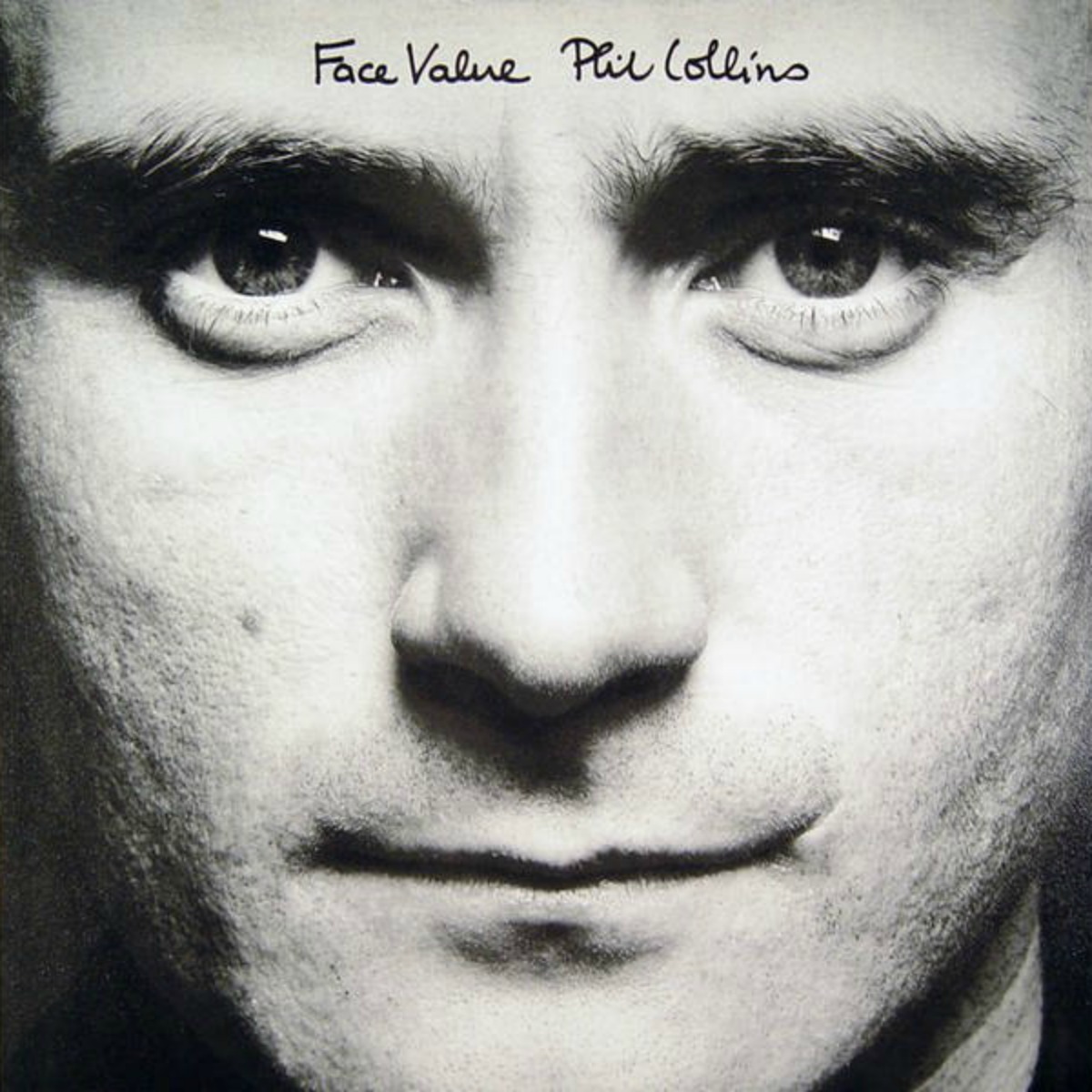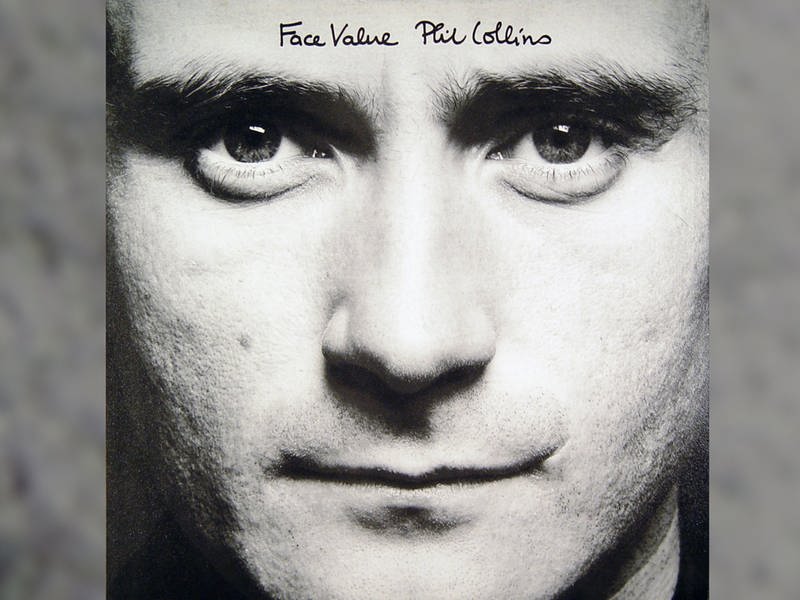VIDEO OF THE WEEK: Childish Gambino “This is America” & More
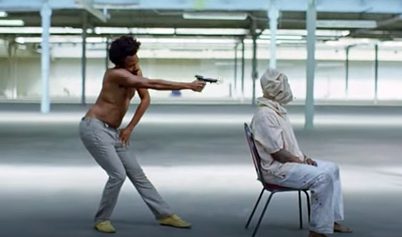
It is the job of the artist to question society, to be able to shine a light on cultural truths and shake the status quo. On Saturday Night Live this past weekend, Atlanta’s Donald Glover, known on stage as Childish Gambino, set the internet on fire with a video that did just that.
“This is America” is a hauntingly honest view of our current American reality. The video is a series of long shots following Glover through a large warehouse. The music fluctuates between light-hearted South African melodies and a heavier Southern trap sound. Glover visually cuts this music with scenes of him shooting someone each time the music changes.
The lyrics call out materialistic hip-hop culture at its intersections with ministrel performance: “We just wanna party/Party just for you/We just want the money/Money just for you.” The frames of the video engage in that disparity further, juxtaposing the celebration of black culture with the struggles of black life in America, be it systemic racism, gun violence, or mass incarceration.
Tackling gun, police-related, and community violence in America, Glover’s video depicts intertwined issues stemming from racism and how it impacts communities of color. Glover is dishearteningly honest in his portrayal of this message. Using a variety of visual representations, the video encapsulates current day happenings such as the Black Lives Matter movement, Nazi riots in Charlottesville, and the church shooting in Charleston.
“This is America” highlights the truly nightmarish aspects of our country in a way that might seem mocking, if it weren’t such a potent call to action, a wake up melody for anyone still living in the delusion and privilege of safety.
Kelsey Lu wrote her latest release while squatting in a leather factory in New Jersey. Deeply depressed at the time Lu’s writing process pulled her out of this emotionally dark space. The video for her song “Shades of Blue” seamlessly moves through the process of depression, and how one finds themselves on the other side of despair into the beauty of a life that might still be coated in sadness.
Aurora, herself says it best: “Queendom is about celebrating all the differences in us: the quiet ones and the introverts, where they can sing and be seen. It’s about the shy people and the lonely people and I hope it can be a place where we can come and be lonely together and then not be lonely anymore. Queendom is a place for all of us.” With Lorde-esque production and vocal qualities, the single brings life to a world Aurora pulls straight from the inner workings of her inspired imagination.
Serpentwithfeet creates a collage of the weird in his latest video for “Cherubim.” Lost in the ruins of a porn house with a dancing lover, the video for “Cherubim” feels like the visual representation of being trapped inside the mind of a psychotic break, the psychosis slowly intensifying through the video. “Cherubim” comes from serpentwithfeet’s upcoming debut soil, set to be released on June 8.
After nearly four decades of producing music, U2 stepped out of the spotlight for the most recent video releases from their 2017 album Songs of Experience. Well-known fashion and street photographer David Mushegain takes on the task of visually representing the single “Love Is Bigger Than Anything in Its Way.” After documenting the youth of U2’s native Dublin, Ireland for the past seven years, Mushegain is back to his familiar stomping grounds. Sharing small clips of these cool kids, Mushegain represents the “love yourself” message of the U2 single through the carefree and expressive attitudes of the Dublin youth.

